-
current
recommendations- Liefdefjord
New page dedicated to one of Spitsbergen's most beautiful fjords. Background information and many photos.
- New Spitsbergen guidebook
The new edition of my Spitsbergen guidebook is out and available now!
- Liefdefjord
New page dedicated to one of Spitsbergen's most beautiful fjords. Background information and many photos.
Page Structure
-
Spitsbergen-News
- Select Month
- June 2025
- May 2025
- April 2025
- March 2025
- February 2025
- January 2025
- December 2024
- November 2024
- October 2024
- September 2024
- August 2024
- July 2024
- June 2024
- May 2024
- April 2024
- March 2024
- February 2024
- January 2024
- December 2023
- November 2023
- October 2023
- September 2023
- August 2023
- July 2023
- June 2023
- May 2023
- April 2023
- March 2023
- February 2023
- January 2023
- December 2022
- November 2022
- October 2022
- September 2022
- August 2022
- July 2022
- June 2022
- May 2022
- April 2022
- March 2022
- February 2022
- January 2022
- December 2021
- November 2021
- October 2021
- September 2021
- August 2021
- July 2021
- June 2021
- May 2021
- April 2021
- March 2021
- February 2021
- January 2021
- December 2020
- November 2020
- October 2020
- September 2020
- August 2020
- July 2020
- June 2020
- May 2020
- April 2020
- March 2020
- February 2020
- January 2020
- December 2019
- November 2019
- October 2019
- September 2019
- August 2019
- July 2019
- June 2019
- May 2019
- April 2019
- March 2019
- February 2019
- January 2019
- December 2018
- November 2018
- October 2018
- September 2018
- August 2018
- July 2018
- June 2018
- May 2018
- April 2018
- March 2018
- February 2018
- January 2018
- December 2017
- November 2017
- October 2017
- September 2017
- August 2017
- July 2017
- June 2017
- May 2017
- April 2017
- March 2017
- February 2017
- January 2017
- December 2016
- November 2016
- October 2016
- September 2016
- August 2016
- July 2016
- June 2016
- May 2016
- April 2016
- March 2016
- February 2016
- January 2016
- December 2015
- November 2015
- October 2015
- September 2015
- August 2015
- July 2015
- June 2015
- May 2015
- April 2015
- March 2015
- February 2015
- January 2015
- December 2014
- November 2014
- October 2014
- September 2014
- August 2014
- July 2014
- June 2014
- May 2014
- April 2014
- March 2014
- February 2014
- January 2014
- December 2013
- November 2013
- October 2013
- September 2013
- August 2013
- July 2013
- June 2013
- May 2013
- April 2013
- March 2013
- February 2013
- January 2013
- December 2012
- November 2012
- October 2012
- September 2012
- August 2012
- July 2012
- June 2012
- May 2012
- April 2012
- March 2012
- February 2012
- January 2012
- December 2011
- November 2011
- October 2011
- September 2011
- August 2011
- May 2011
- April 2011
- March 2011
- February 2011
- January 2011
- December 2010
- November 2010
- September 2010
- August 2010
- July 2010
- June 2010
- May 2010
- April 2010
- March 2010
- February 2010
- November 2009
- October 2009
- August 2009
- July 2009
- June 2009
- May 2009
- April 2009
- March 2009
- February 2009
- January 2009
- December 2008
- November 2008
- October 2008
- August 2008
- July 2008
- June 2008
- May 2008
- April 2008
- March 2008
- February 2008
- April 2000
- Select Month
-
weather information
-
Newsletter

| Guidebook: Spitsbergen-Svalbard |
Ryke Yseøyane
Virtual tour and story of an arctic drama
- pano anchor link: #ryke_yseoyane
A panorama excursion to one of Svalbard’s most remote parts, Ryke Yseøyane, a group of 3 small, rocky islands east of Edgeøya. There is a dramatic story to tell about these islands. We start on Steinøya, the northwestern one of the 3 islands. Steinøya is a mere 1.7 kilometres long, and this cliff at its northern end is about 40 metres high. In winter, there is a snow patch leading down from the top to the then frozen sea, steep, but not too steep to walk down safely.
Stations
- Ryke Yseøyane: Steinøya
- Ryke Yseøyane: Heimøya
- Entrance area of the hut
- Work room of the hut
- Main room of the hut
- Ryke Yseøyane: Steinøya
Ryke Yseøyane: Steinøya
- pano anchor link: #a7i_Ryke-Yseoyane_12Aug14_165_HDR
A panorama excursion to one of Spitsbergen’s most remote parts, the Ryke Yseøyane, a group of 3 small, rocky islands east of Edgeøya. There is a dramatic story to tell about these islands. We start on Steinøya, the northwestern one of the 3 islands. Steinøya is a mere 1.7 kilometres long, and this cliff at its northern end is about 40 metres high. In winter, there is a snow patch leading down from the top to the then frozen sea, steep, but not too steep to walk down safely.
Ryke Yseøyane: Heimøya
- pano anchor link: #a7h_Ryke-Yseoyane_12Aug14_081_HDR
The two Norwegians Steinar Ingebrigtsen and Kristian Torsvik, both of them experienced arctic winterers, decided to spend 2 winters in a row on Ryke Yseøyane, assuming this area would be one of the best places to hunt polar bears. They went to Ryke Yseøyane in 1967. At this time, Steinar was 25 years old and Kristian 35.
Entrance area of the hut
- pano anchor link: #a7h_Ryke-Yseoyane_12Aug14_174_HDR
Steinar and Kristian got the opportunity to get to Ryke Yseøyane with the Norvarg, the expedition ship of the German Stauferland expedition, organized by Geographer Julius Büdel from Würzburg to do scientific work mainly on Barentsøya.
Work room of the hut
- pano anchor link: #a7h_Ryke-Yseoyane_12Aug14_134_HDR
It turned out to be difficult to reach the remote Ryke Yseøyane, as they were surrounded by drift ice still in August. Only on the second attempt and with substantial use of the expedition’s helicopter, it was possible to put Steinar and Kristian and their extensive equipment ashore on Heimøya, the largest island.
Main room of the hut
- pano anchor link: #a7h_Ryke-Yseoyane_12Aug14_099_HDR
Steinar and Kristian built a hut with materials which they had brought with them. They called the hut a palace and the island, which is just under 2 km long, Heimøya („home island“).
They placed selfshot traps for polar bears in large numbers on all 3 islands as well as on the surrounding fast ice. They caught, however, far less polar bears than they had been hoping for.
Ryke Yseøyane: Steinøya
- pano anchor link: #a7i_Ryke-Yseoyane_12Aug14_093_HDR
Back to Steinøya. On May 14, 1969, Steinar went down from the cliff to the fast ice to check the traps, as he had done many times before. He never came back. Kristian found his footprints going from the fast ice into the drift ice. Both had known that the quickly drifting ice was life dangerous and they had never gone into it. It remains unclear why Steinar went from the fast ice into the drift ice on that evening; he was never found.
There is a memorial stone on the cliff, which was placed in the hut on Heimøya in 1991 in the presence of members of Steinar’s family. In 1998, the stone was moved to the cliff on Steinøya where Steinar left the island for the last time on May 14, 1969.
One Comment to Ryke Yseøyane
Leave a comment
BOOKS, CALENDAR, POSTCARDS AND MORE
This and other publishing products of the Spitsbergen publishing house in the Spitsbergen-Shop.
last modification: 2020-12-21 ·
copyright: Rolf Stange
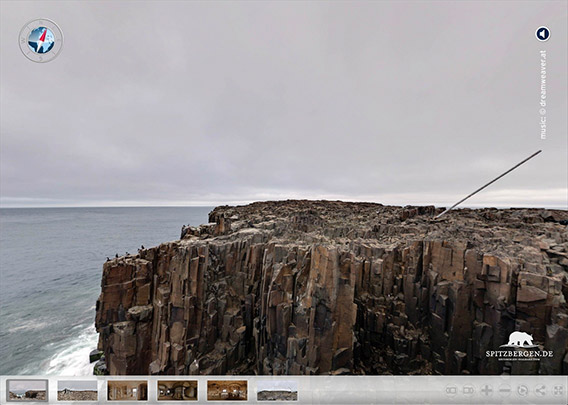

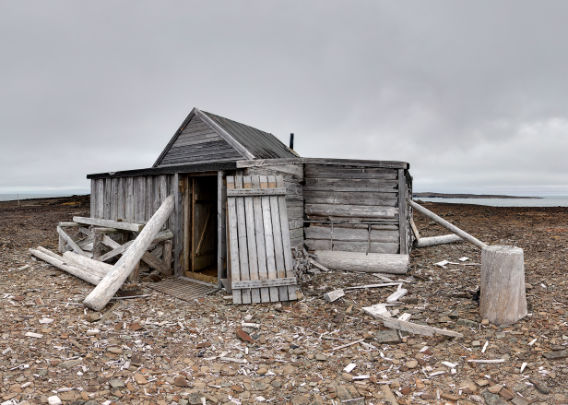
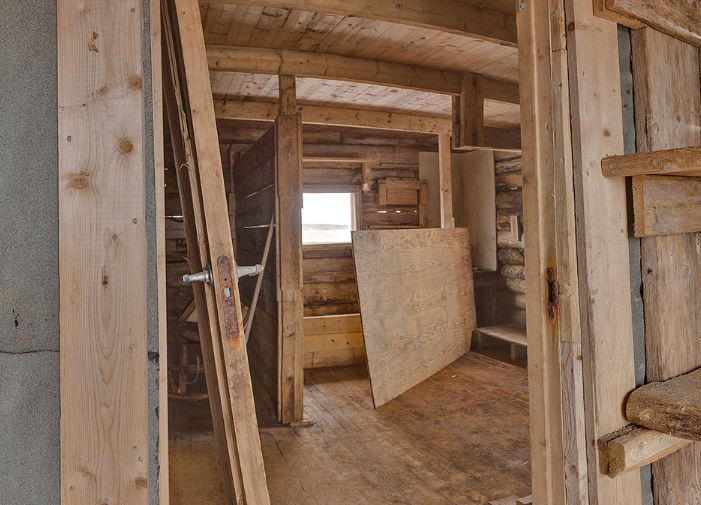
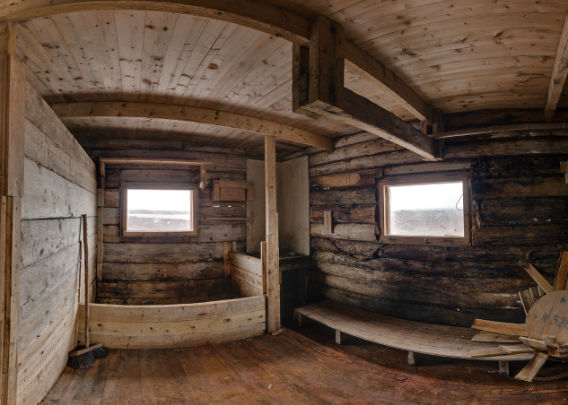

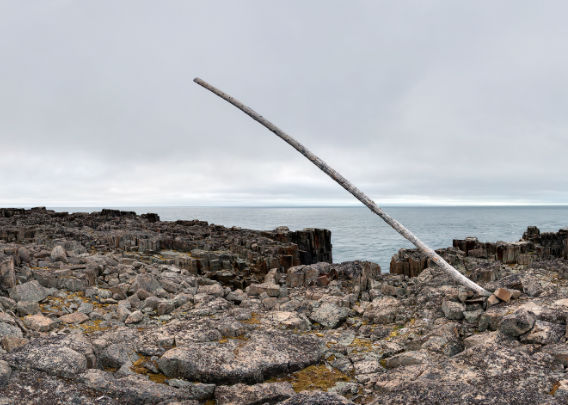
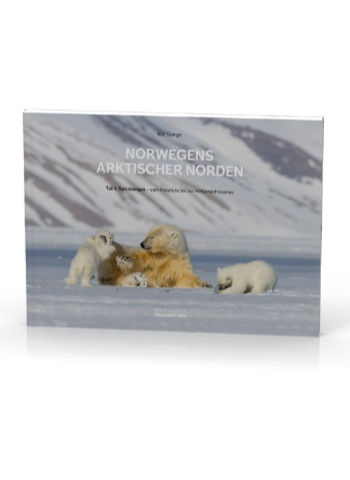


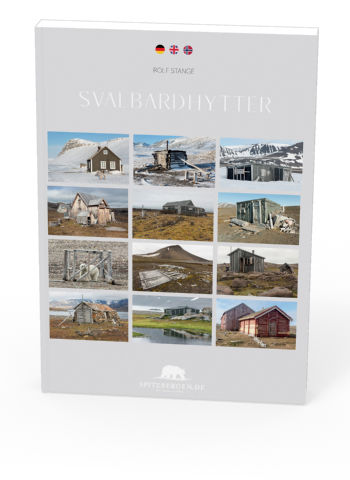
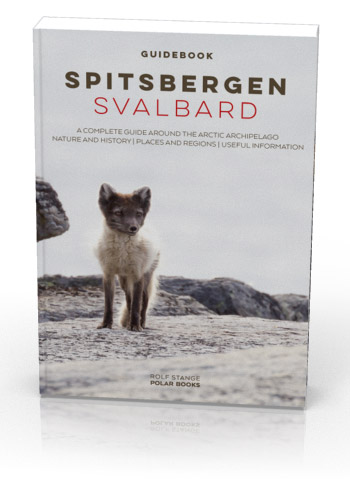
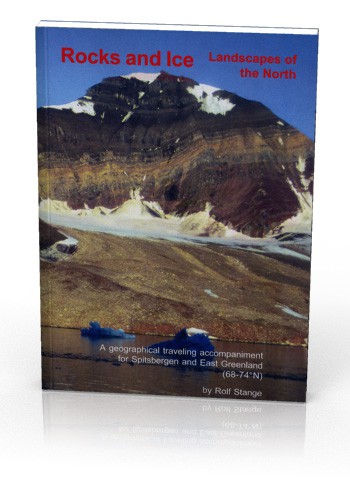

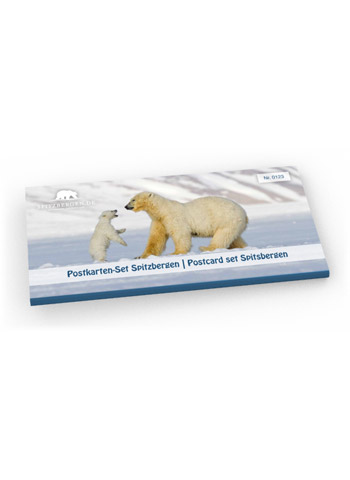






























Fantastic article. Rest in peace Steinar who met a cold and unfortunate end.